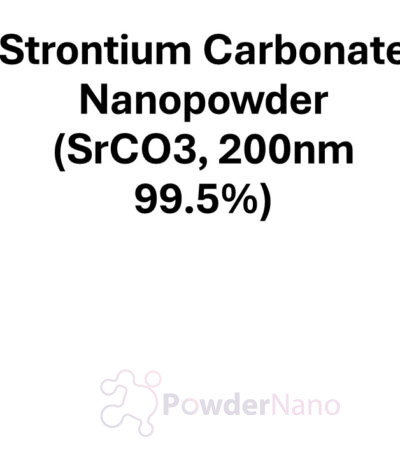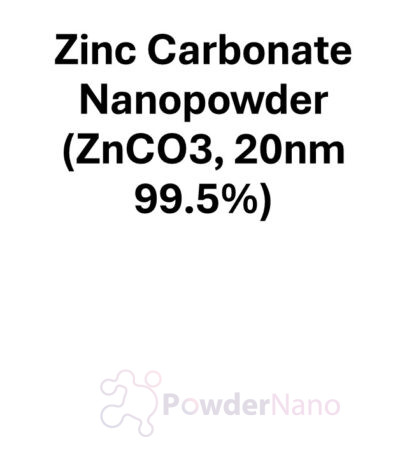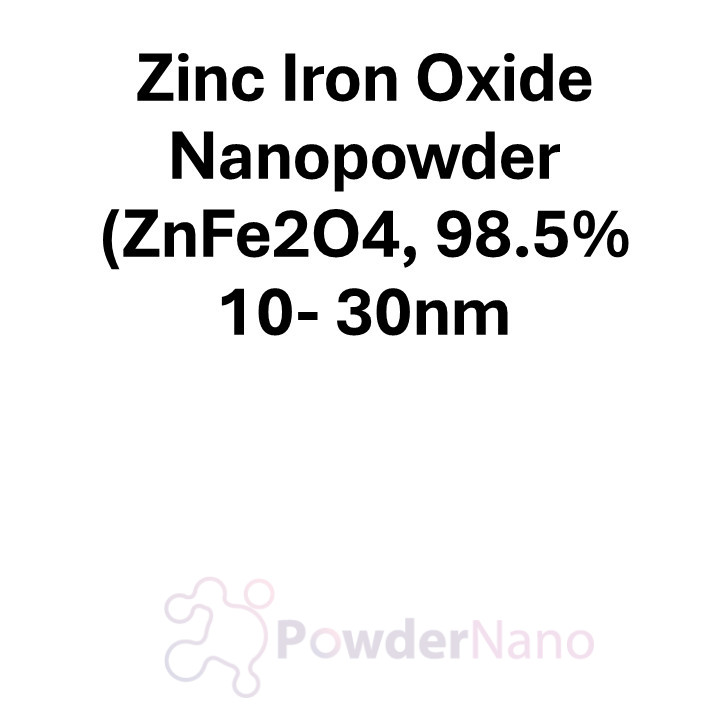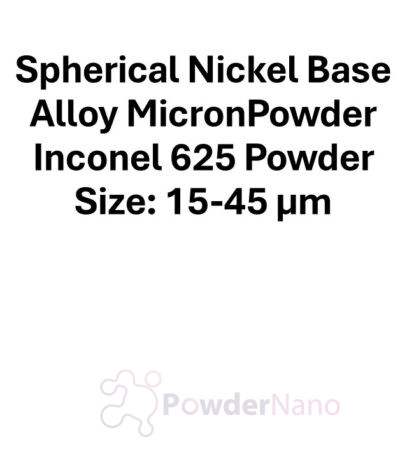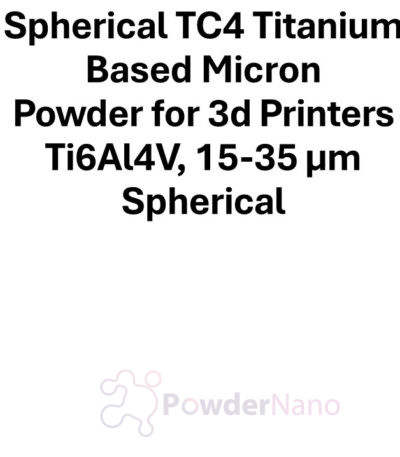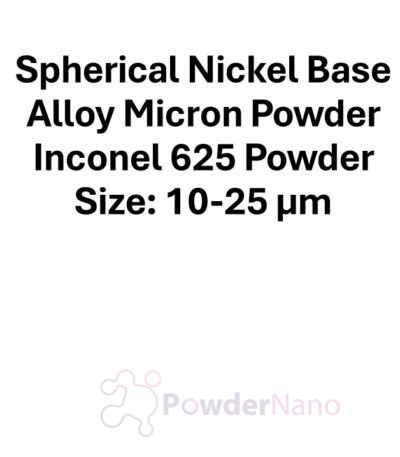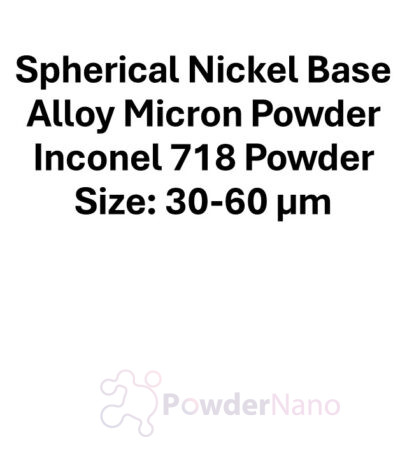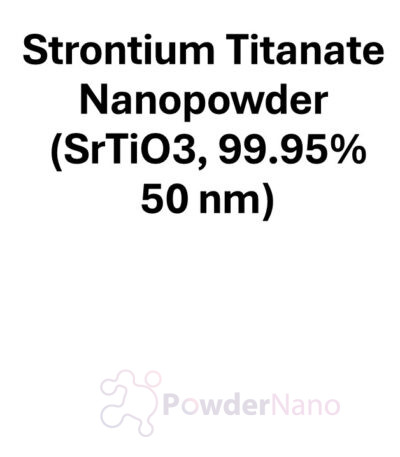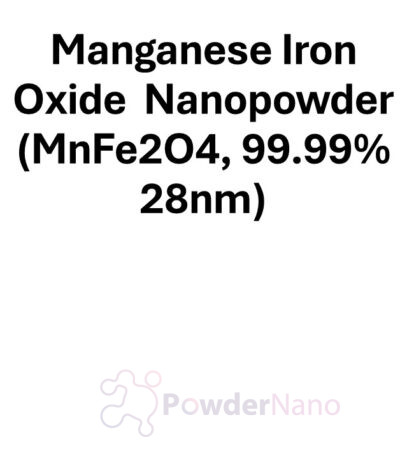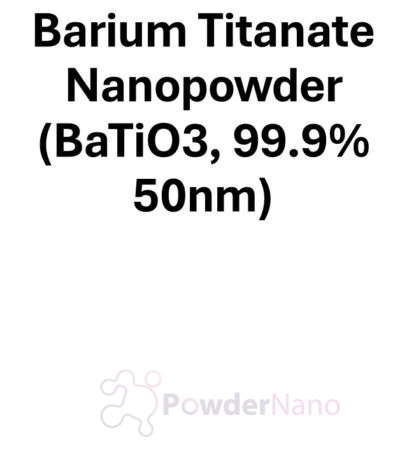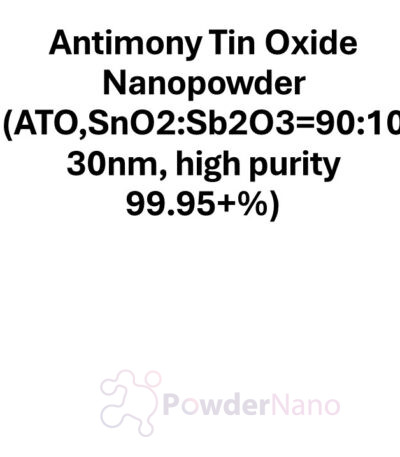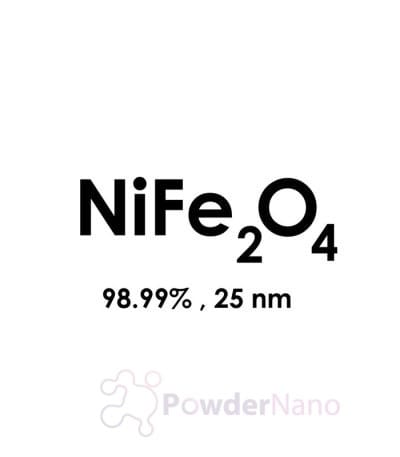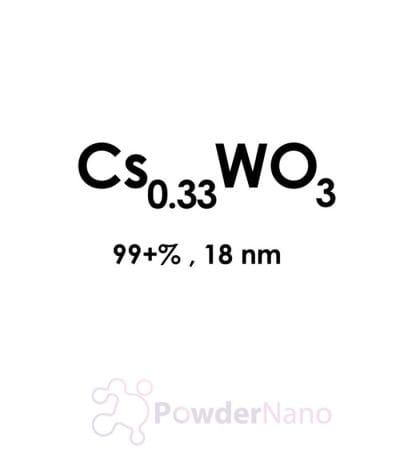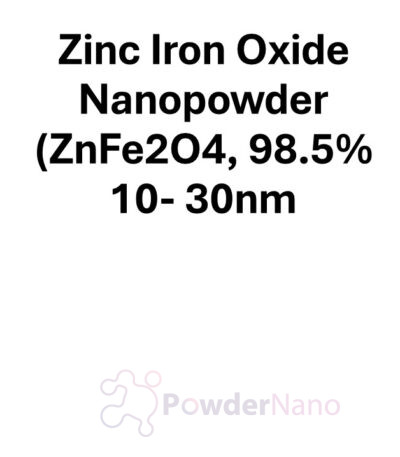Technical Specifications:
- Chemical Composition:
- Primary Ingredient: Zinc Iron Oxide (ZnFe₂O₄).
- Purity: 98.5% (high-quality material with minimal impurities).
- Nanoparticle Size:
- Particle Size Range: 10–30 nm (nanometers).
- Particle Shape: Typically spherical or slightly irregular, depending on synthesis method.
- Crystal Structure:
- Structure: Spinel ferrite structure, known for its chemical stability and magnetic properties.
- Magnetic Properties:
- Exhibits superparamagnetic behavior at the nanoscale.
- Moderate saturation magnetization and low coercivity.
- Surface Area:
- High surface area due to nanoscale size, enhancing reactivity and performance in various applications.
- Color: Dark brown or black.
Applications:
- Catalysis:
- Purpose: Acts as an effective catalyst or catalyst support in various chemical reactions.
- Application: Utilized in water splitting, organic synthesis, and degradation of pollutants in environmental remediation.
- Energy Storage Devices:
- Purpose: Enhances the capacity and stability of energy storage systems.
- Application: Used in lithium-ion batteries, supercapacitors, and hybrid energy storage systems to improve charge/discharge cycles and energy density.
- Sensors:
- Purpose: High sensitivity to environmental changes makes ZnFe₂O₄ ideal for sensing applications.
- Application: Used in gas sensors, humidity sensors, and biosensors for detecting environmental pollutants and biological variables.
- Photocatalysis:
- Purpose: Exhibits photocatalytic activity under visible and UV light for environmental cleanup.
- Application: Applied in water treatment systems to degrade organic pollutants and generate hydrogen through water splitting.
- Magnetic Applications:
- Purpose: Magnetic properties make ZnFe₂O₄ suitable for magnetic and spintronic devices.
- Application: Used in magnetic data storage, ferrofluids, and magneto-optical devices.
- Biomedical Applications:
- Purpose: Biocompatibility and superparamagnetic behavior enable medical uses.
- Application: Utilized in magnetic resonance imaging (MRI), hyperthermia treatments, and targeted drug delivery systems.
- Environmental Remediation:
- Purpose: Effective in adsorbing heavy metals and organic pollutants from water and air.
- Application: Used in adsorption and catalytic processes for wastewater treatment and air purification.
- Electronics and Optoelectronics:
- Purpose: Electrical and magnetic properties make it suitable for advanced electronic applications.
- Application: Used in thin-film transistors, diodes, and optoelectronic devices.
- Thermoelectric Devices:
- Purpose: Converts heat energy into electricity due to its thermoelectric properties.
- Application: Applied in waste heat recovery systems and advanced thermoelectric modules.
- 3D Printing and Additive Manufacturing:
- Purpose: Nanoscale ZnFe₂O₄ is compatible with advanced material formulations.
- Application: Integrated into resins and inks for manufacturing functional magnetic or catalytic components.
Key Benefits:
- Magnetic and Photocatalytic Properties: Suitable for energy, environmental, and biomedical applications.
- High Surface Area: Nanoscale size enhances reactivity and dispersion in composite materials.
- Versatile Applications: Used across industries such as catalysis, electronics, energy, and healthcare.
- Thermal and Chemical Stability: Maintains properties under extreme conditions, making it suitable for industrial applications.
- Environmentally Friendly: Effective in reducing pollutants and enabling sustainable technologies.
Zinc Iron Oxide Nanopowder (ZnFe₂O₄) is a versatile material with applications in energy storage, catalysis, sensors, environmental remediation, and biomedical fields, offering high performance due to its nanoscale properties and unique magnetic behavior.
